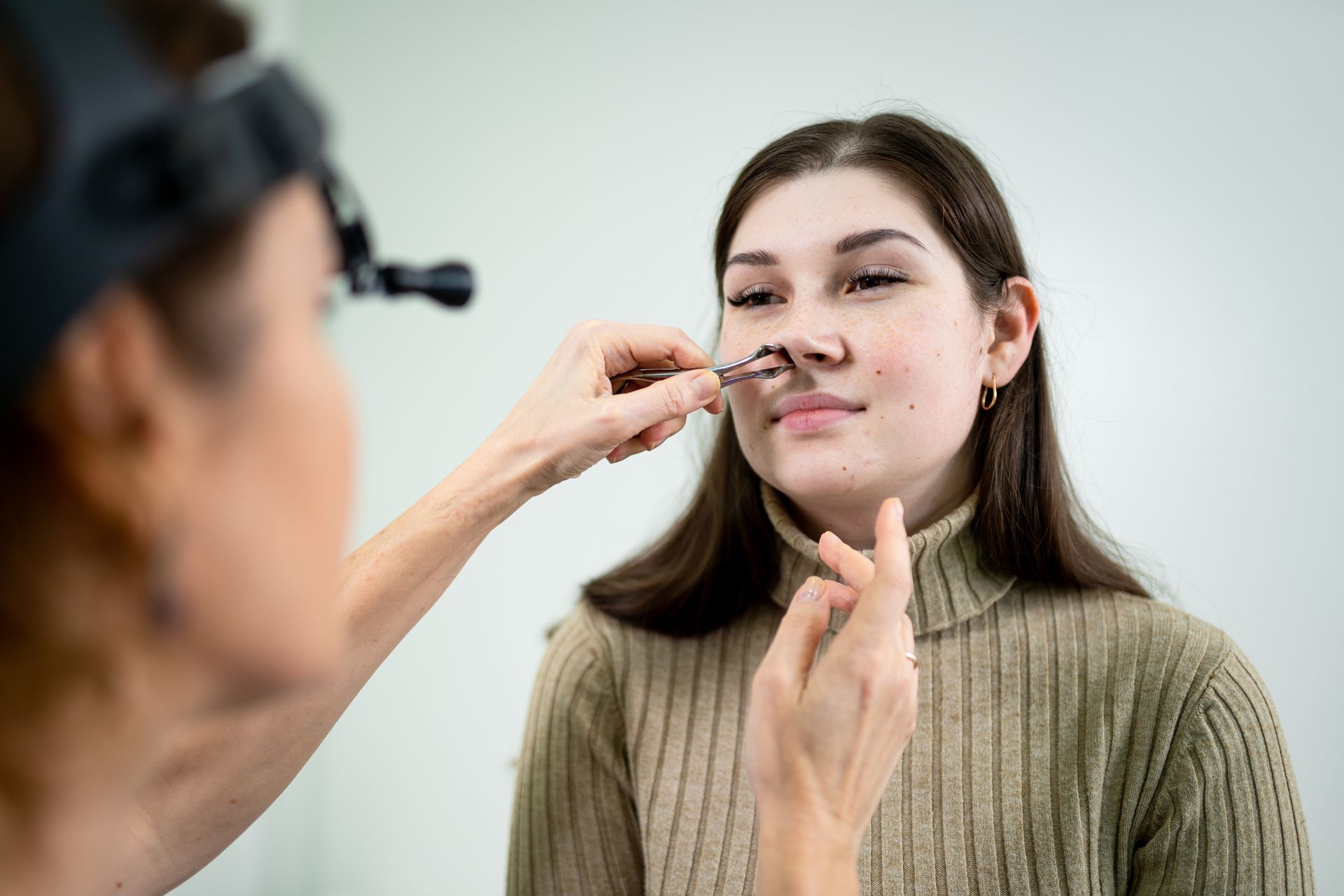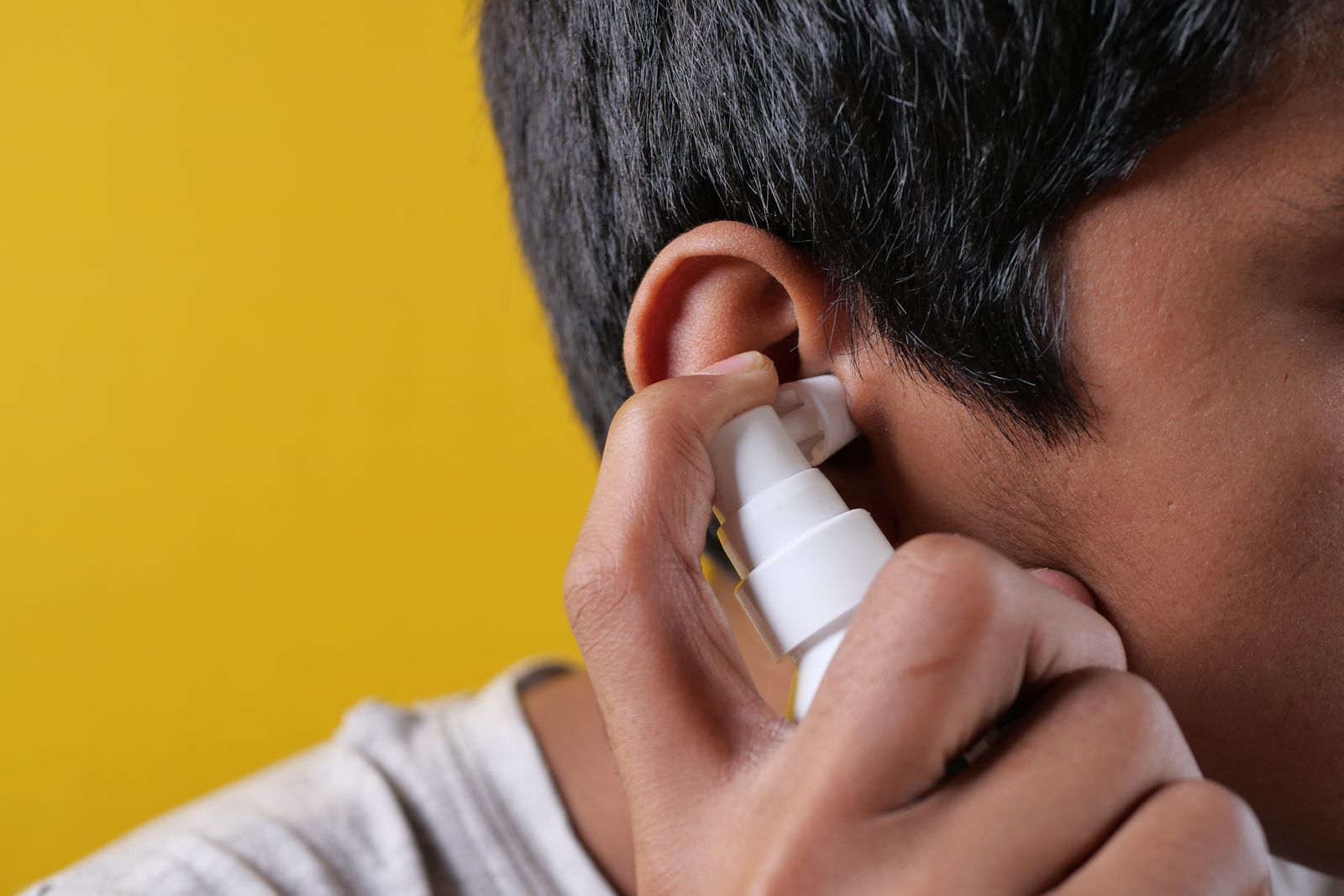Tips for Preventing and Managing Nosebleeds in Children
Seeing your child with a nosebleed can be alarming, but don't worry—there's usually no need to worry—it’s often not serious! Most nosebleeds can be easily managed with some simple steps. Read on to discover how to keep those little noses in check.
Understanding Nosebleeds
Nosebleeds, also known as epistaxis, occur when the tiny blood vessels inside the nose break. This can be due to a variety of reasons, including dry air, nasal irritation, nose picking, allergies, or minor injuries.
When Do Nosebleeds Occur Most Frequently?
While nosebleeds can happen any time, they’re more common under certain conditions:
1. Seasonal Changes: Nosebleeds are particularly prevalent in the winter months when the air is dry, and the indoor heating makes it worse.
2. Allergy Season: During spring and fall, high pollen counts can cause more nosebleeds due to increased nasal irritation from allergies.
Types of Nosebleeds
There are two main types of nosebleeds:
- Anterior Nosebleeds: These are the most common type and occur when the blood vessels in the front part of the nose break. Anterior nosebleeds are usually easy to manage and are often associated with dryness or minor injuries.
- Posterior Nosebleeds: These are less common but can be more serious. They occur when the bleeding originates from the back of the nose and can lead to more significant blood loss. Posterior nosebleeds may require medical intervention.
How to Stop a Nosebleed
If your child experiences a nosebleed, here’s what you can do:
- Stay Calm: It’s important to remain calm, as your child may become anxious. Reassure them that nosebleeds are usually not serious.
- Positioning: Have your child sit upright and lean slightly forward. This position helps prevent blood from flowing down the throat, which can cause gagging or choking.
- Pinch the Nose: Gently pinch the soft part of the nose (just below the bony bridge) for about 5 to 10 minutes. This pressure can help stop the bleeding.
- Cold Compress: Applying a cold compress or ice pack over the bridge of the nose or to the back of the neck can constrict blood vessels and reduce bleeding.
- Avoid Nose Blowing: Encourage your child not to blow their nose for several hours after a nosebleed, as this can disrupt the healing process.
- Seek Medical Attention: If the bleeding doesn’t stop after 20 minutes of applying pressure, or if your child experiences frequent nosebleeds, consult an ear, nose, and throat provider to rule out underlying conditions.
When to See a Doctor
While most nosebleeds are harmless and easily managed at home, you should consult a nose doctor if:
- Nosebleeds occur frequently or after an injury to the head.
- Your child has difficulty stopping the bleeding after 20 minutes of applying pressure.
- There is a significant amount of blood loss.
- Your child experiences other concerning symptoms, such as bruising easily or excessive fatigue.
If you have any concerns about your child’s nosebleeds or overall health, don’t hesitate to reach out to an ENT professional for further guidance. With the right approach, you can help your child navigate through this common childhood issue with ease!













